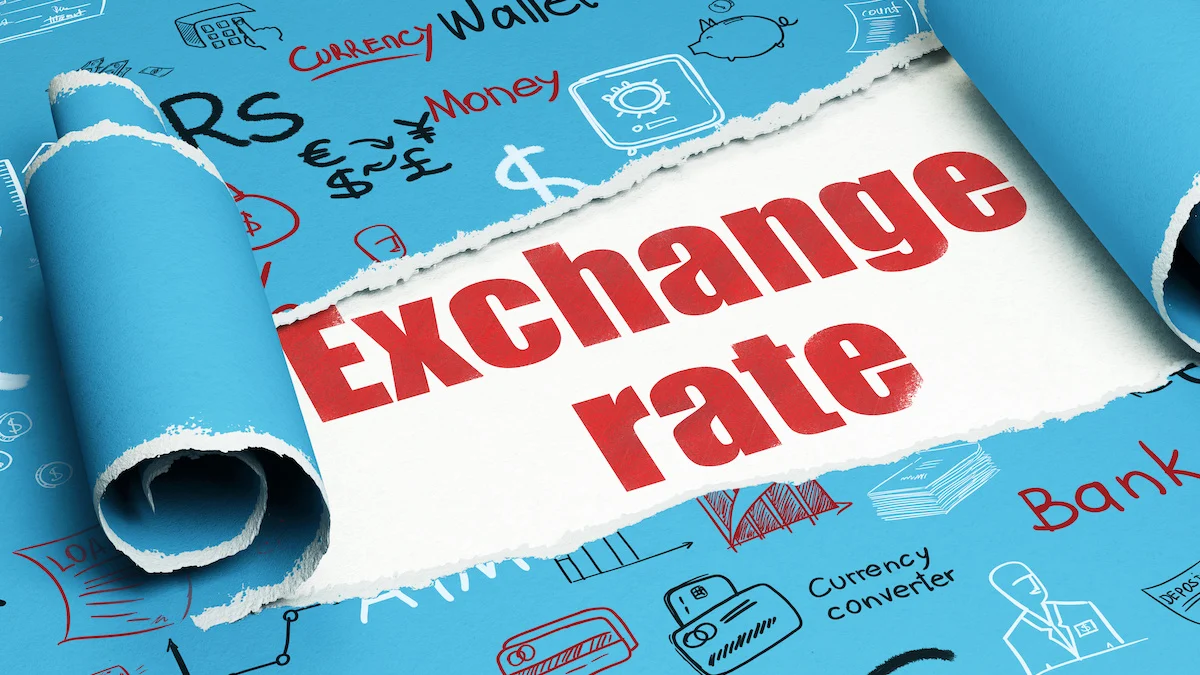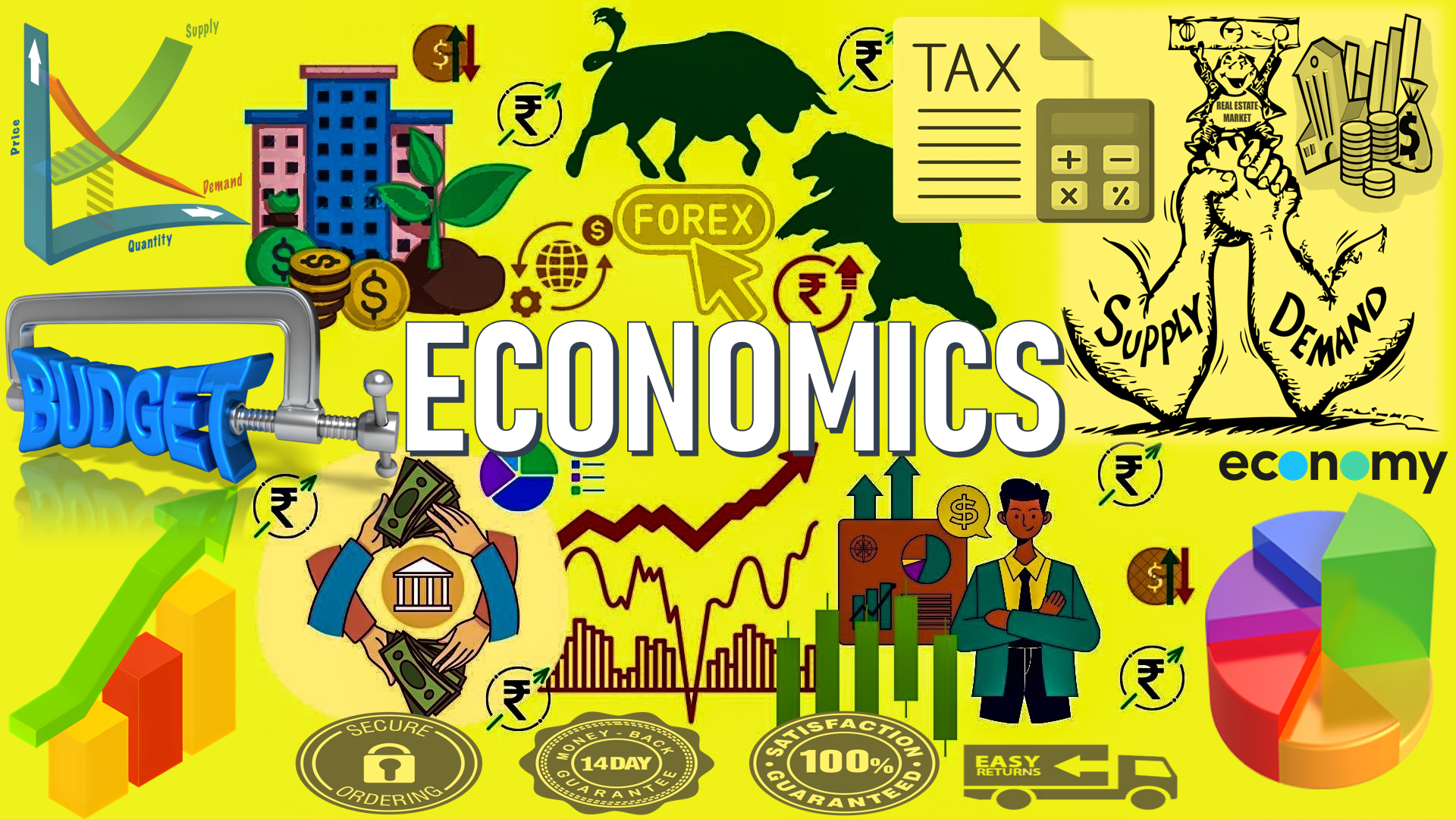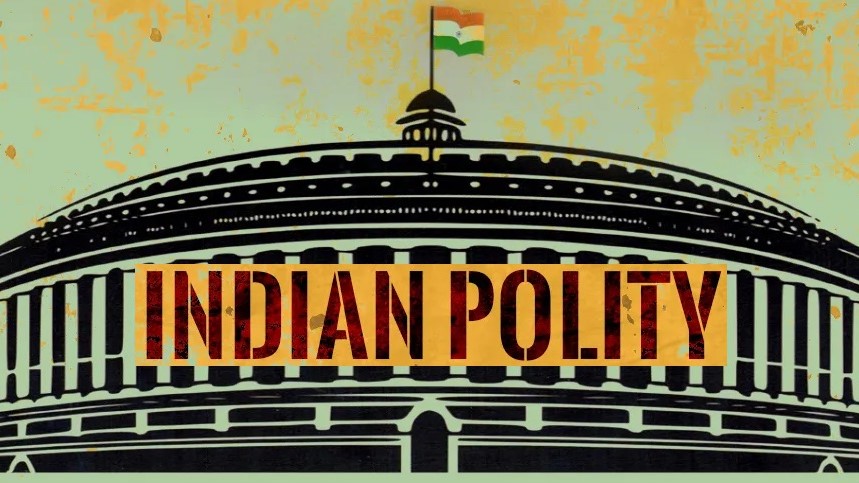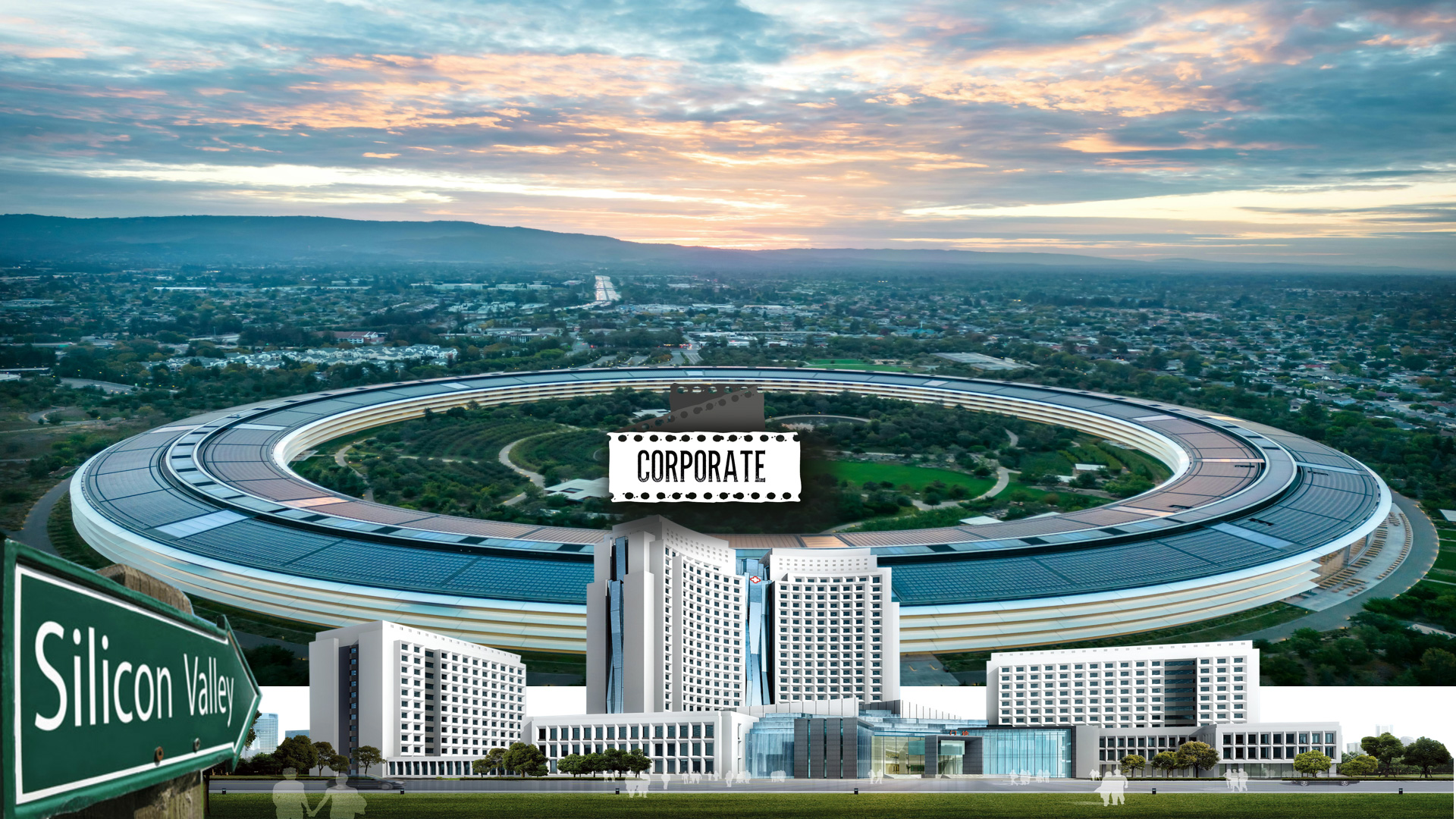The Rupee Revolution: How India's Exchange Rate Shift is Reshaping the Economy | (Thu 09 May 2024 05:30)

Exchange Rate: Meaning and Systems
An exchange rate is the value of one currency expressed in terms of another. It is a crucial economic indicator that influences trade, capital flows, and overall macroeconomic stability. Countries use different systems to determine exchange rates, each with distinct advantages and challenges.
Under this system, exchange rates are determined purely by market forces—demand and supply of currencies. The central bank does not intervene. The domestic currency may depreciate (lose value) or appreciate (gain value) depending on trade balances, investor sentiment, and other economic factors.
Here, the government sets the exchange rate at a predetermined level. It commits to maintaining the currency’s value through interventions. Devaluation (raising the exchange rate) makes the currency cheaper, while revaluation (lowering the rate) makes it stronger. This system provides stability but limits monetary flexibility.
This hybrid system allows the market to determine the exchange rate, but the central bank intervenes occasionally to prevent excessive volatility. India currently operates under this system.
RBI’s Strategy for Exchange Rate Management
The Reserve Bank of India (RBI) follows a three-pronged approach to manage the rupee:
-
Allow depreciation during capital outflows to absorb shocks naturally.
-
Allow appreciation during times of export growth or productivity improvement.
-
Build forex reserves during large capital inflows to create a buffer for future volatility.
Recent Trends in India’s Exchange Rate Policy
In recent years, particularly since 2019, the RBI has shifted towards tighter control of the exchange rate, especially to prevent excessive depreciation of the rupee.
-
Between February and October 2022, the RBI sold over $105 billion in forex reserves to stabilize the rupee after aggressive U.S. Federal Reserve rate hikes.
-
This strategy has led to a 10% appreciation in the real exchange rate (RER) since 2019 compared to the earlier period (1994–2018).
-
However, this has had downsides:
-
Loss of price competitiveness in global markets.
-
Slower export growth: Non-oil exports grew at just 4.5% per year (2018–2024), a decline from earlier trends.
-
Why Exchange Rate Flexibility Matters
A floating exchange rate reduces the need for the central bank to maintain large foreign reserves, as the market adjusts the value of the currency based on economic fundamentals.
Movements in the exchange rate help manage the balance of payments (BoP). For instance, between 2002 and 2011, the rupee appreciated by 16%, which helped curb inflation by moderating demand.
From 1994 to 2019, a relatively stable real effective exchange rate (REER) helped Indian exports remain competitive globally.
India’s reserves grew from $59 billion (2002) to over $400 billion (2018) due to RBI’s flexible approach and absorption of capital inflows.
During events like the 2008 Global Financial Crisis and 2013 Taper Tantrum, the RBI chose to let the exchange rate adjust naturally, using reserves cautiously to smoothen volatility.
Limitations of a Fixed Exchange Rate System
A rigid exchange rate system may seem stable but has several drawbacks:
-
Difficult to Set Correctly: Choosing an optimal rate is complex and politically sensitive.
-
Wastage of Public Funds: Intervening to protect the exchange rate can amount to subsidizing private players who should manage currency risk themselves.
-
Moral Hazard: Businesses may take excessive risks, assuming the government will shield them from losses.
-
Blocks Financial Development: A floating system is essential to develop robust markets for bonds, currency, and derivatives (BCD)—crucial for effective monetary policy and inflation targeting.
The Way Forward
India must strike a balance between flexibility and stability in exchange rate policy. Future strategy could involve:
-
Creating a Volatility Range: Like inflation targeting, a defined range could allow RBI to intervene only when currency movements exceed acceptable limits.
-
Targeted Interventions: The central bank should focus only on reducing extreme volatility rather than rigidly defending specific exchange rate levels.
Such a balanced, market-oriented approach will strengthen India’s ability to manage external shocks, improve export competitiveness, and support long-term economic stability.

Physics, Chemistry, Biology and Geography.

Computer Programming, languages & their frameworks.

Economics, Accounts and Management.

Reviewing old and new books.

Ancient, Medieval, Modern, World History.

Indian Constitution, Politics, Policies, etc.

Everything related to International Affairs.

For all humanities topics, except History & Polity.

Anything related to entertainment industry.

Mainly Cricket but other sports too.

CS, IT, Services & Corporate Sector.
Comments
No comments yet. Be the first to comment!
Leave a Comment